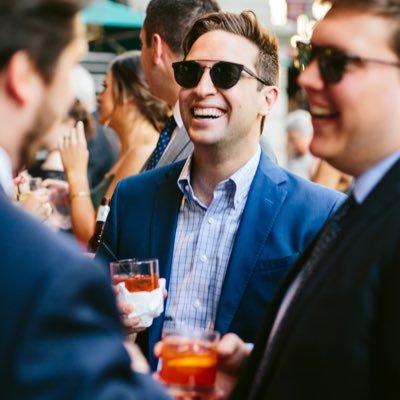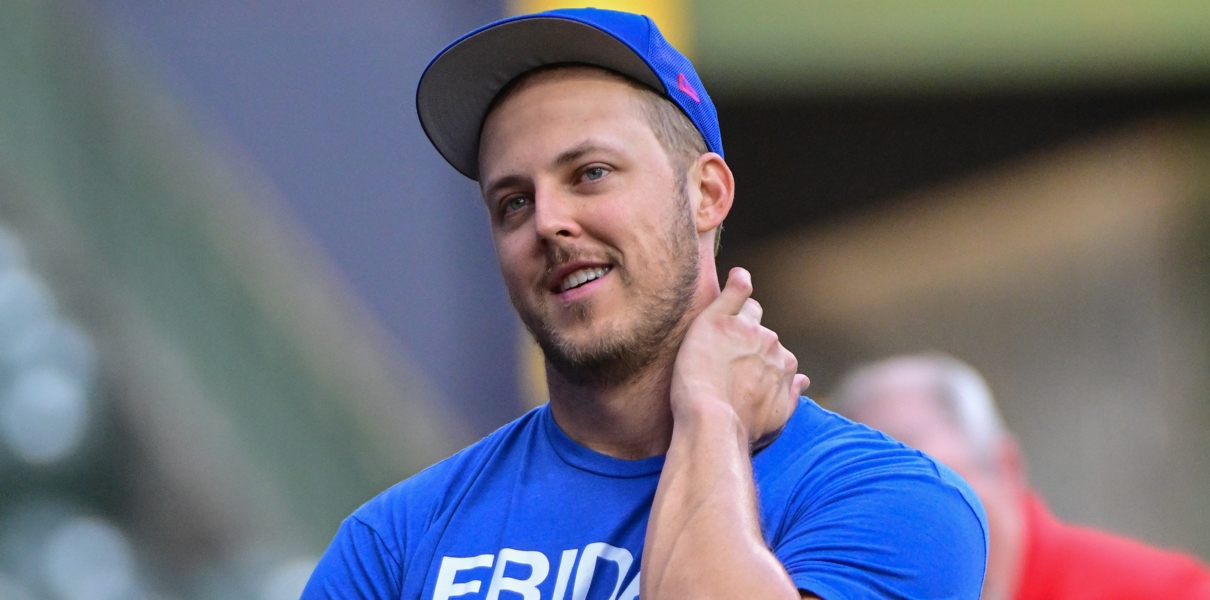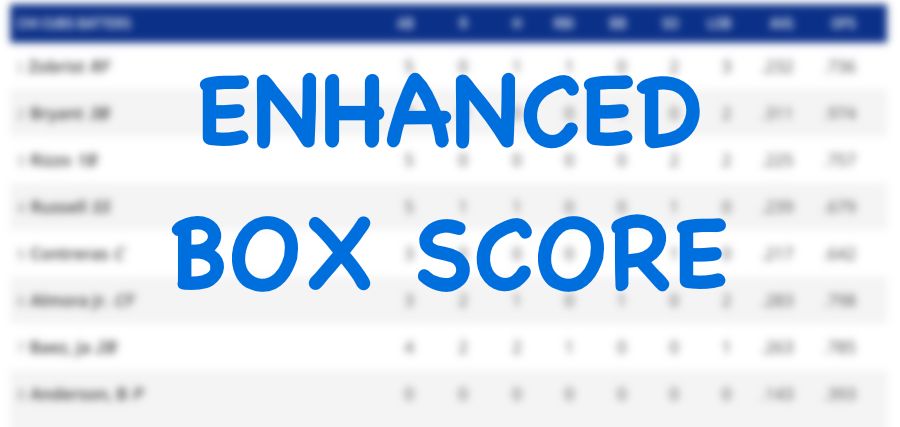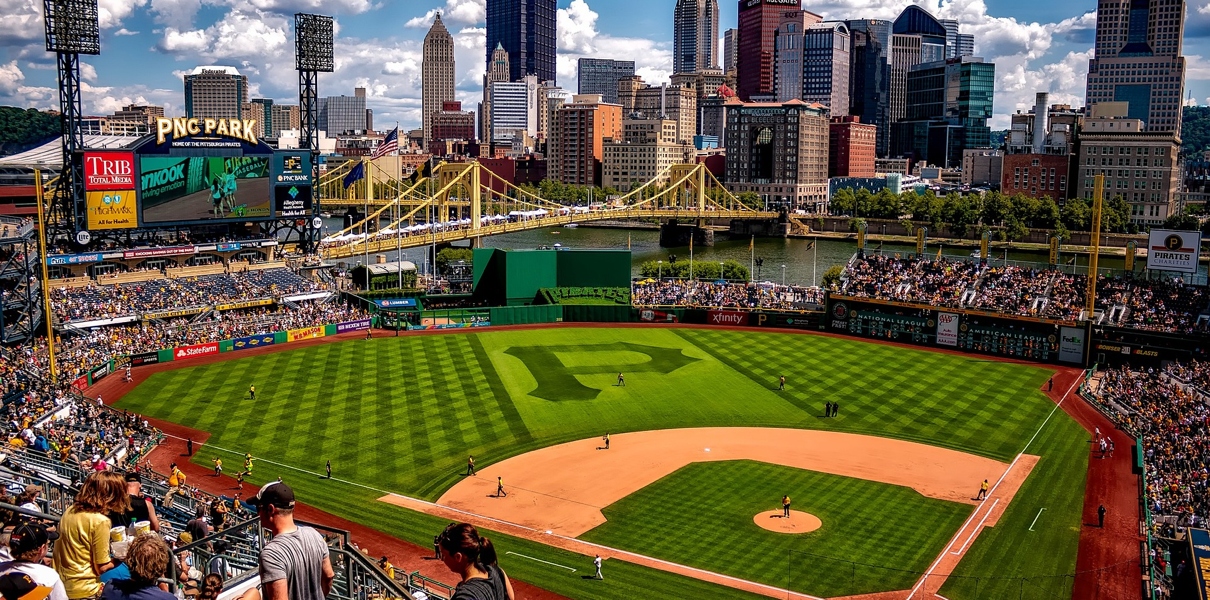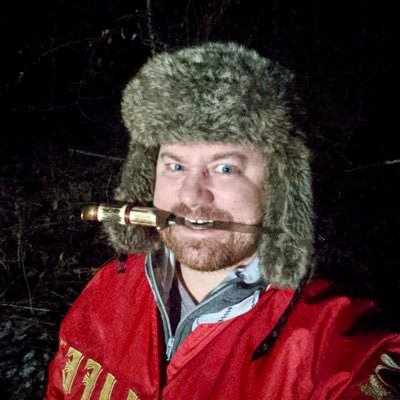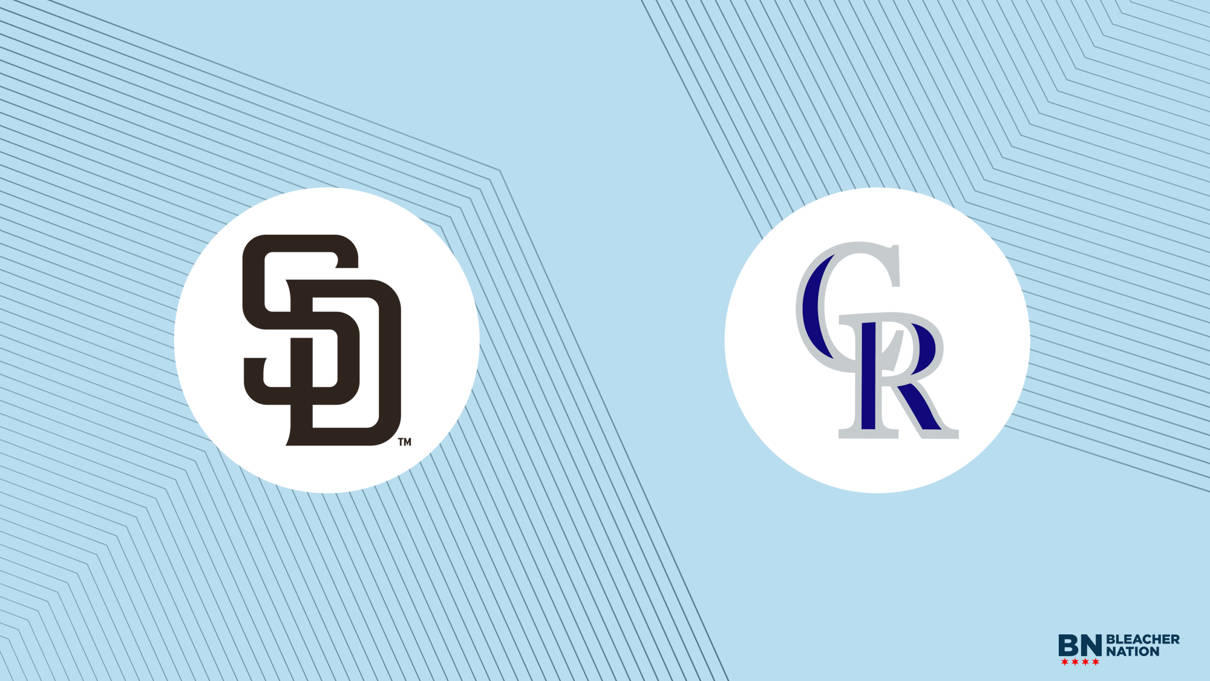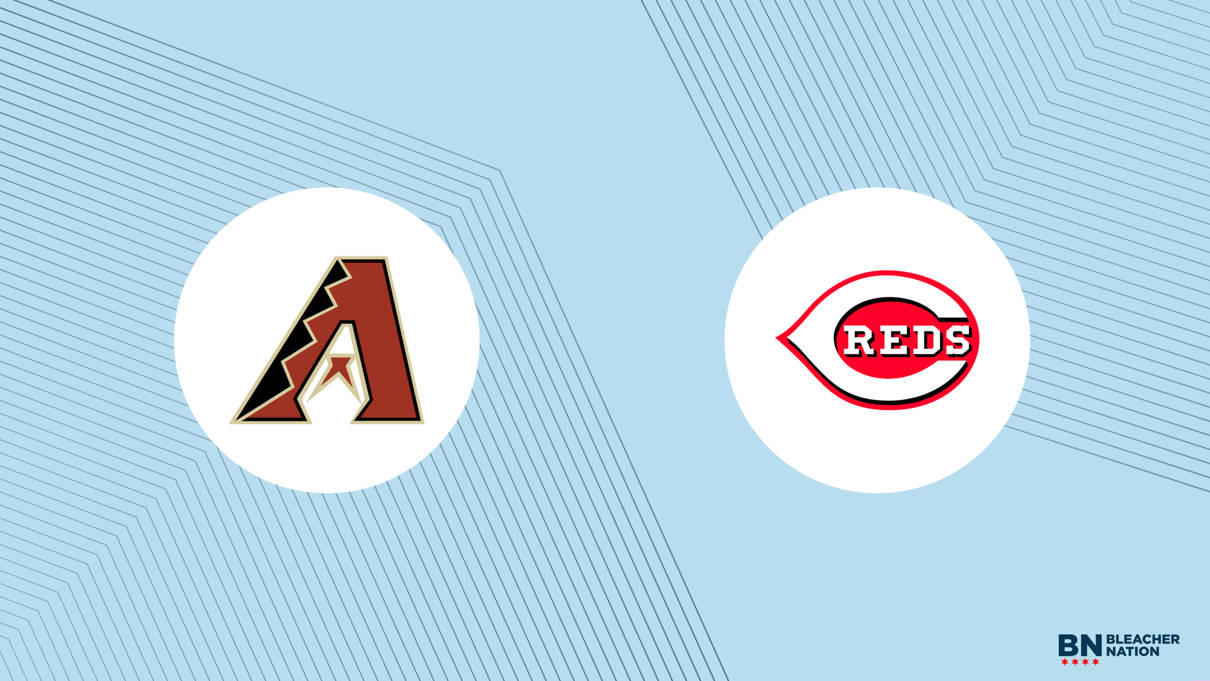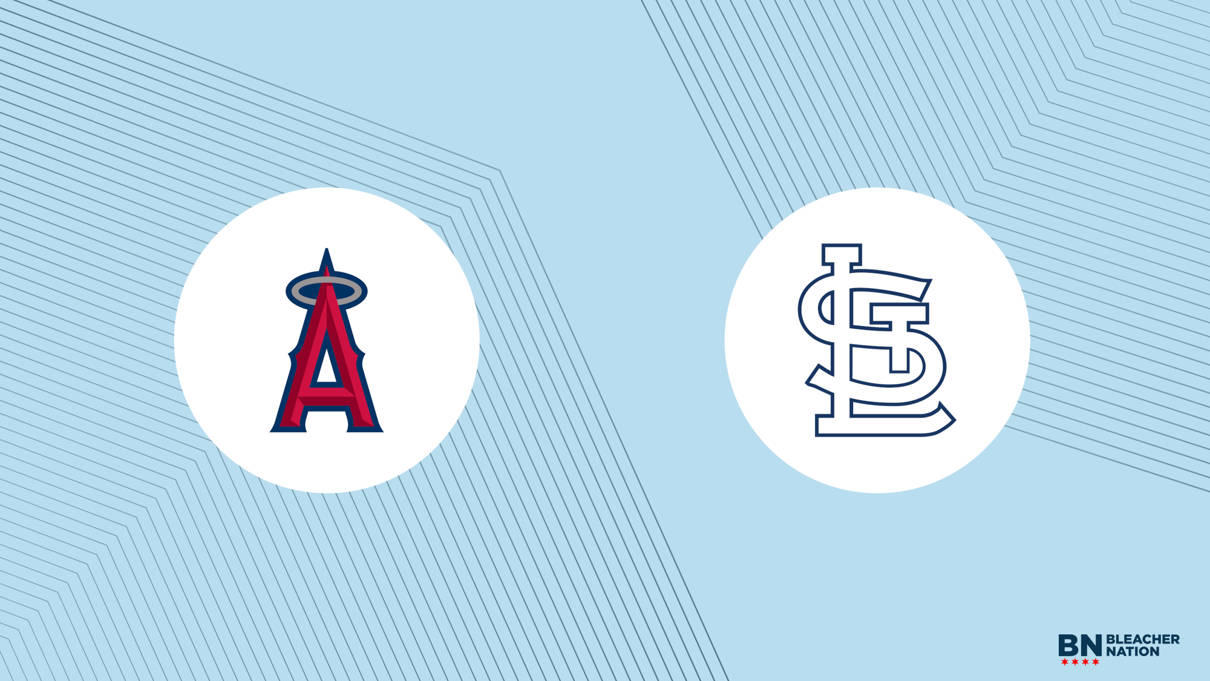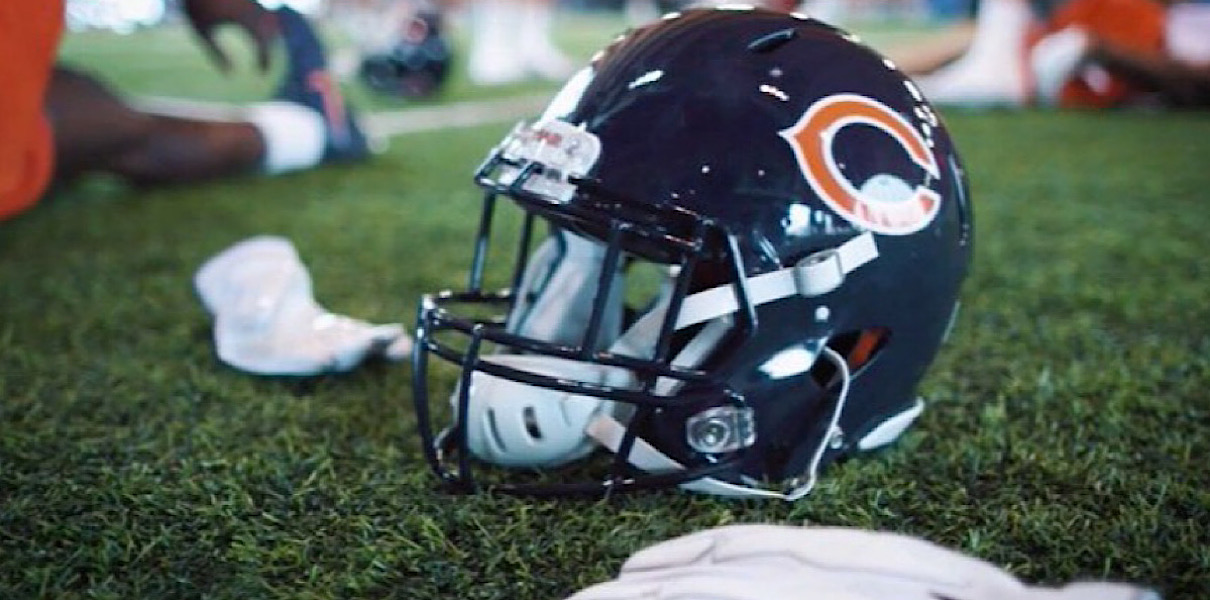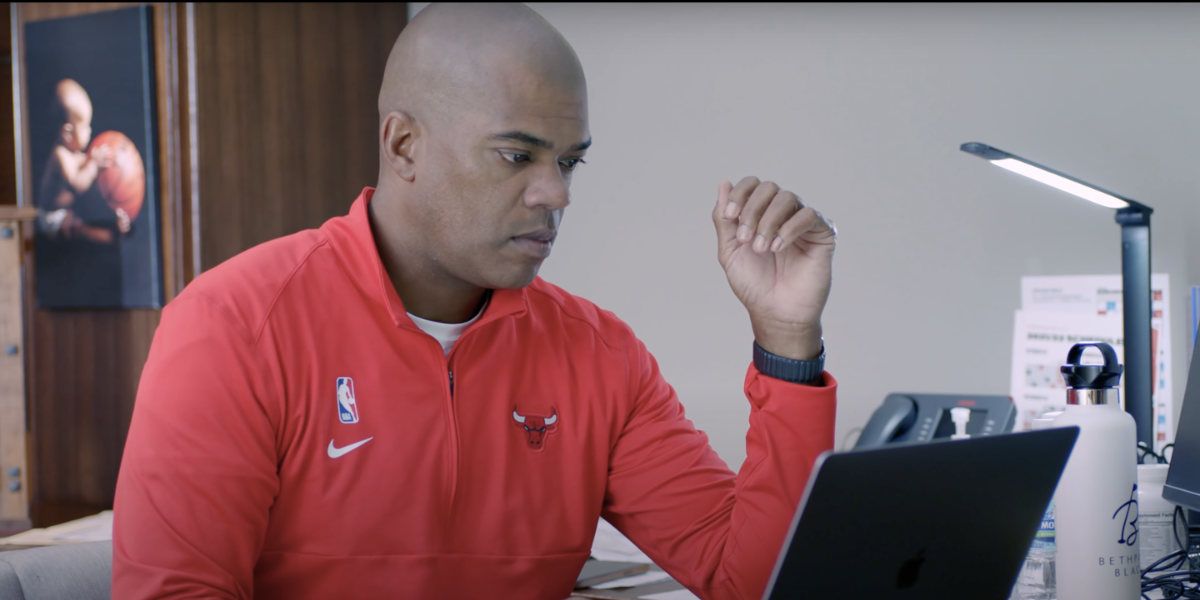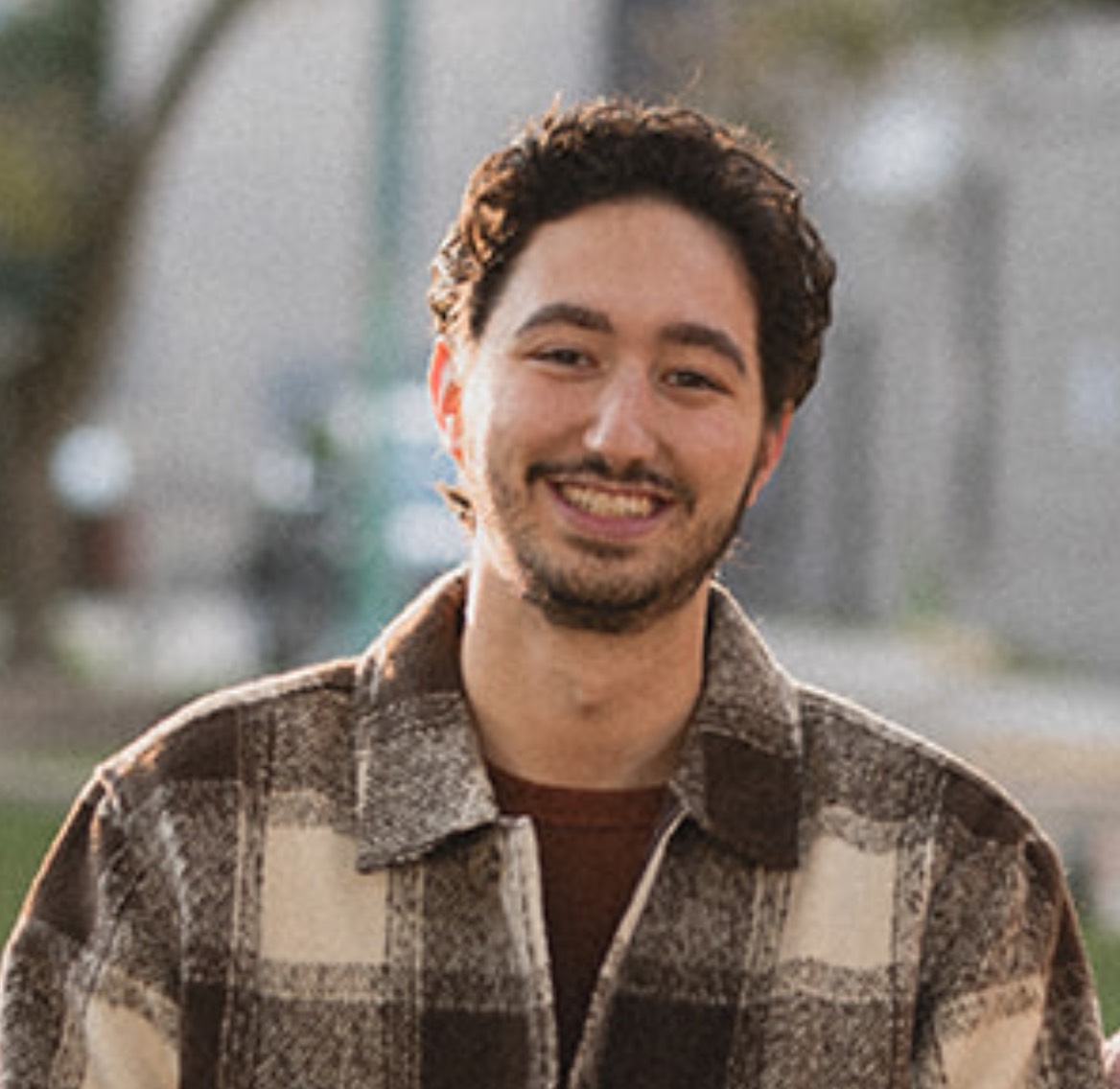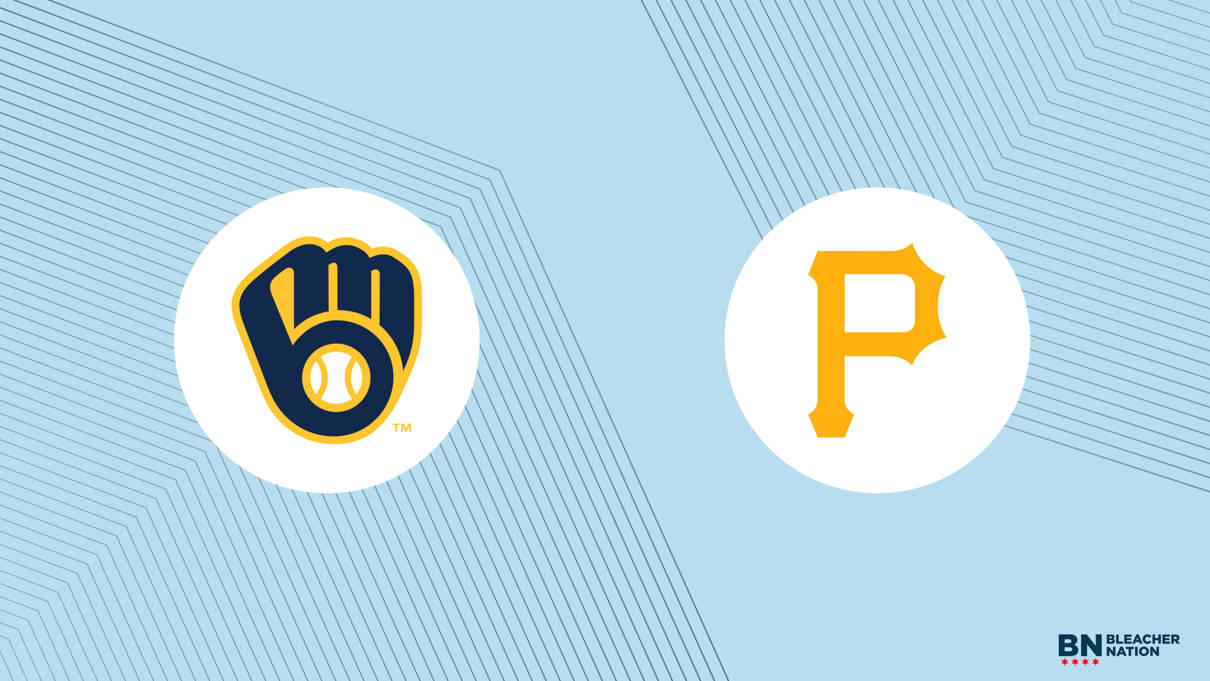Although his comments about being “really active” and spending “intelligently” in free agency this offseason will understandably get most of the headlines, Cubs President of Baseball Operations Jed Hoyer said a lot more than that here at the end of the season. So let’s dive on in on some of his comments (and be sure to check out articles at The Athletic, Cubs.com, and NBC Sports Chicago (x2) for more if you’re still hungry).
Let’s begin with the bajillionth promise that this won’t be another full-on rebuild:
"I think a lot of people wonder if this is going to be a rebuild like we did when we got here, and I don't see that at all."
More on the @Cubs' future with Jed Hoyer: https://t.co/BbH0VkmJQ3 pic.twitter.com/EuXa1SKMXy
— MLB Now (@MLBNow) September 25, 2021
Hoyer added that “[the Cubs] have available dollars this winter and [they’re] looking forward to going out there and being in the market and building the team back.” And while that’s certainly great to hear, I’m sure we’re all wondering just how much they’ll actually have available to spend, even if it’s in a limited, value-seeking capacity.
Spending Questions
My back-of-the-napkin math has the Cubs at about $75-$80M in payroll heading into next season, including arbitration estimates, insurance and player benefits, and a full 40-man roster of pre-arb players. That’s basically a top-line estimate of their 2022 commitments if they really wanted to include everything in their calculation (which folks don’t always do when discussing payroll, but we’ll do it for today to underscore just how much room they have to spend).
Even accepting revenue-related context, I don’t have an issue projecting an available payroll at least twice as high heading into next season. I mean, that’s still $50-some-million under the luxury tax level, so yeah, the Cubs should have a crapload of ability to spend this offseason. But that’s the easy thing to say right now, at least for me (I have no problem believing the Cubs will spend some money this offseason, and emphasizing loudly that they should).
The difficult part is figuring out how exactly they’ll get there. There are so many open spots and available paths.
“I don’t know what direction we’re going to go,” Hoyer said. “But it certainly opens up things that we haven’t really looked at that carefully in the past, because it might’ve been like one or two positions, but we had everyday players at the other spots.”
The Cubs have a truly remarkable level of positional/roster flexibility open this offseason, which is not necessarily a compliment when you consider how it happen this time around, but it could be an opportunity. And Hoyer seems to recognize that: “There’s offseasons when free agency is something that you do a little bit of. And obviously this year, we’re going to be probably a little more active than usual to fill out our roster because we have a lot of open spots.”
We know the rotation has so many available openings, but the same is true on the positional side.
Madrigal and Hoerner
But the obvious next question is whether anyone – at all – has a specific starting positional spot locked down on the Cubs 2022 roster. And that’s a little more difficult to answer. On the positional side, there’s no doubt that Willson Contreras is penciled in as the starting catcher, and that guys like Frank Schwindel, Ian Happ, Rafael Ortega, and Patrick Wisdom could factor into some sort of rotation at various spots, but are they locked into a specific spot? Is anyone outside of Contreras? What about the middle infield?
According to Tim Stebbins, Hoyer said that Nick Madrigal is expected to be the team’s starting second baseman next year, with Nico Hoerner filtering in with use of his positional versatility.
So I guess that’s, what, something like 2.5 spots locked down? With five (or six, if you expect the universal DH to arrive) open to just about anything. “We’ll sit down as a front office,” Hoyer said, “and talk about our club and what’s available and how we mold it the right way.”
Hoyer did make sure to share his belief that Hoerner is “going to be a significant piece of our team next year and going forward.” He continued: “Exactly what position I think is sort of undecided, but that’s the beauty of it.” And that’s exactly how they should be planning around Hoerner at this point. Although I do believe in his ability to be a productive everyday player, he needs to stay healthy and add some consistency to the overall product he delivers everyday. So far, that hasn’t happened. And that’s why the Cubs need to refrain from adjusting their offseason plan of attack around him.
So it’s Contreras at catcher, Madrigal at second, probably Schwindel at first, other guys getting starts at various spots/in platoons, and everything else – including how you work in those depth guys – up for grabs. Speaking of which …
The Other Guys
Hoyer also conceded that Rafael Ortega, Frank Schwindel, and Patrick Wisdom have “absolutely put themselves” in the active roster conversation heading into next year.
“I think sometimes we, as an industry, put labels on guys and I think you have to be careful. You look around baseball and there’s a lot of guys who have performed all year that might have had that label on them. Sometimes I think it’s our job to find those guys and prove that they’re not. I think there are plenty of examples over time of guys that had that label and ended up having long big-league careers.”
That’s all well and good, but there are two key points to make here. First, be open to those guys contributing next season, but don’t expect or plan for it *at all* (Schwindel is the closest, but even he shouldn’t necessarily be DEFINITELY LOCKED IN NO MATTER WHAT). And second, be sure to remain on the lookout for the next version of those players, who’s potentially short-term bursts can help a contending Cubs team, not one battling for a top draft pick.
Brennen Davis’ Impact
Moving away from the potential external additions, Hoyer had some tantalizing comments about his top prospect, Brennen Davis (bolded emphasis mine): “He’s had an incredible year,” Hoyer said. “Doing what he did at Double-A was really special and obviously going up this year right to Triple-A, he continues to perform well. So I think he’s already accelerated his timeline this year. ”
This is one of those thoughts I’ve actively pushed out of my own head, because it’s impossible to trust. But the fact of the matter is Brennen Davis’ immediate success at Triple-A Iowa (175 wRC+ in 48 PAs) does put him in the conversation to join the team in the first-half of next season, depending on what happens in Spring Training and in April/May at Iowa. And that’s really exciting given the projected impact Davis can make. Starting the year out in the big leagues is unlikely (absent some massive adjustment to free agency in the upcoming CBA, or something else crazy happening with the roster), which means the Cubs have yet another player who you have to put in that “maybe contributes meaningfully” category for 2022.
Which, in his case, is probably fine. Anytime you count on one singular prospect to change a season’s fate, you’re making a mistake, no matter how talented the player may be.
David Ross’ Future
And finally, here’s something we’ve too flippantly talked right over (until now): David Ross is heading into the 2022 season as a lame-duck manager. He signed a three-year deal ahead of 2020, which makes 2022 his final year under contract. And while I don’t expect the team-groomed, hand-picked, young manager has anything to worry about, Hoyer did push the question of a possible extension off until “next week” when it would be more appropriate to discuss.
If I had to guess, Ross isn’t going anywhere after 2022, and Hoyer seems to believe in his ability long term, as well: “He’s already an excellent manager, and I think he has a chance to be really special at this job.”
“I think he’s done a really wonderful job these last two months of keeping these guys playing hard. And I think that’s a testament to him and the respect they have for him.” Hoyer continued: “[Ross is] really excited about building a culture with these young guys. I think the major-league manager’s one of the most important aspects of that.”
That all sounds like a President of Baseball Operations who intends to give Ross his chance with a more competitive roster before moving on.

